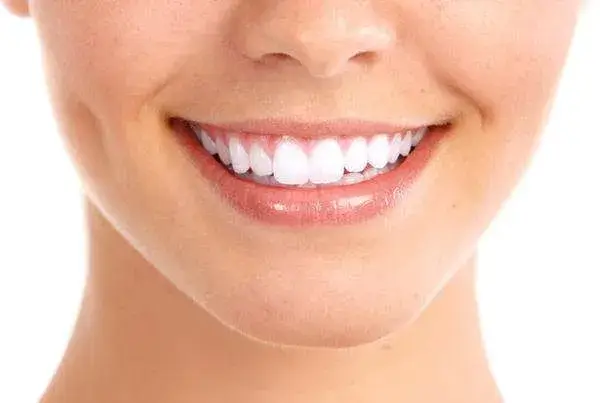
When it comes to improving your smile, cosmetic dentistry offers a variety of options — but two stand out: dental bonding and porcelain veneers. Both can dramatically enhance the look of your teeth, but they’re not one-size-fits-all. Depending on your goals, budget, and dental health, one may be a better fit than the other.
So, let’s dive into what each treatment involves and how to choose the best option for your smile.
What Is Teeth Bonding (Composite Bonding)?
Dental bonding uses a tooth-colored composite resin to repair or reshape teeth. It’s commonly used to:
- Fix small chips or cracks
- Cover discoloration
- Close small gaps between teeth
- Improve tooth shape
The process is quick and minimally invasive. Your dentist applies the resin directly to the tooth, sculpts it into shape, then hardens it with a special light. Most appointments are completed in under an hour, and results can last 4 to 8 years with good care.
What Are Veneers?
Porcelain veneers are ultra-thin shells that cover the front surface of teeth. Custom-made in a lab, veneers are designed to match your ideal tooth shape, size, and color. They’re a popular solution for:
- Severely stained or discolored teeth
- Gaps or uneven spacing
- Worn or misshapen teeth
- Minor alignment issues
The veneer process typically requires two visits: one to prepare the teeth and take impressions, and another to bond the veneers in place. With proper care, porcelain veneers can last 10 to 15 years or more.
Key Differences Between Dental Bonding and Veneers
While both dental bonding and veneers aim to enhance the appearance of your teeth, they differ in several important ways:
Material: Dental bonding uses a tooth-colored composite resin that’s applied and sculpted directly onto the tooth. Veneers, on the other hand, are made from high-quality porcelain and custom-crafted in a dental lab for a more precise and natural look.
Durability: Bonding typically lasts between 4 to 8 years, depending on how well you care for your teeth. Porcelain veneers are more durable, often lasting 10 to 15 years or longer with proper maintenance.
Cost: Bonding is generally more affordable upfront, making it a great option for minor cosmetic fixes. Veneers are a bigger investment, but their longevity and superior aesthetics often justify the higher price tag.
Treatment Time: Dental bonding is usually completed in a single appointment. Veneers require at least two visits — one for prepping the teeth and taking impressions, and another for placement once the veneers are ready.
Stain Resistance: Composite resin used in bonding is more prone to staining over time, especially from coffee, wine, or smoking. Porcelain veneers are highly stain-resistant, helping you maintain a whiter smile for longer.
Aesthetics: While bonding can improve the look of your teeth, veneers offer a more natural, flawless appearance. They’re custom-made to fit your ideal smile, making them the preferred option for more dramatic or full-mouth transformations.
How The Veneer Lounge Can Help
At The Veneer Lounge in Frisco, cosmetic dentistry isn’t just a service — it’s an art form. Whether you’re leaning toward bonding or ready to commit to veneers, their expert team will evaluate your smile, listen to your goals, and guide you to the best treatment for your lifestyle and budget.
With state-of-the-art technology and a passion for detail, The Veneer Lounge ensures your results are not only beautiful but also natural and durable.
Ready for a Confident, Camera-Ready Smile?
If you’re considering dental bonding or porcelain veneers, The Veneer Lounge in Frisco is your go-to clinic for expert care and stunning results. From subtle enhancements to full smile makeovers, their team is here to help you love your smile again. Schedule a consultation today and take the first step toward the confident smile you deserve!

